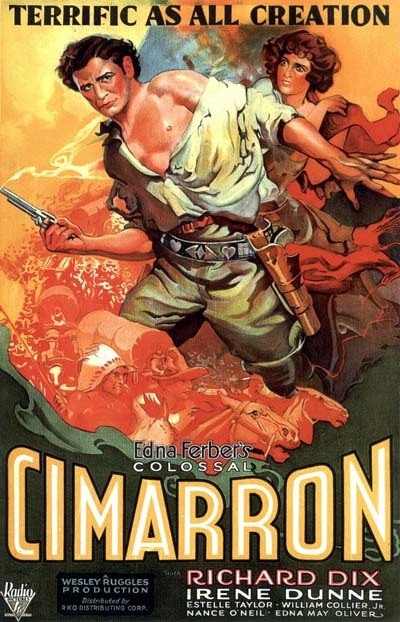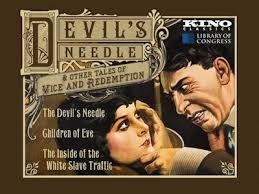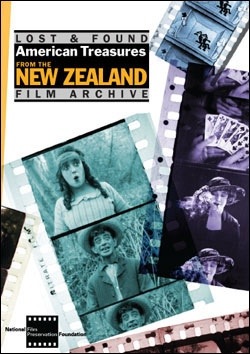4th Academy Awards
What won: Cimarron
What should have won: The Front Page
The full details about Cimarron were recently explored in another post, which can be read here. Needless to say, it has emerged as one of the weaker Best Picture winners of the 30s.
The Front Page, another Best Picture nominee that year, is definitely worth watching if screwball comedies are up your alley. Centered around a newspaper and trying to get the proper “scoop” there are plenty of amusing hi-jinx for what is coverage of a somewhat dark story. It’s certainly not an all time must see classic, but it’s a fun way to spend an hour and a half.
The film can be seen in it’s entirety here:
6th Academy Awards
What won: Cavalcade
What should have won: Lady for a Day or I Am Fugitive From A Chain Gang
It’s a bit a toss up for this one, as this was a year with strong films. Either Lady for a Day of I Am A Fugitive from a Chain Gang would have been better choices, in my mind, than the winner.
Cavalcade is not a terrible film by any stretch of the imagination, but it is a Best Picture winner that has not aged well. As it chronicles history through the eyes of one family, there are moments of great interest, but in between the film does slow down, making it rather easy to lose interest. It has high points but also many low points.
The competition it faced that year are very impressive. I Am Fugitive from a Chain Gang stands out, along with 1928’s The Racket as one of the great early crime films, dark and gritty.
Lady for a Day is, in many ways, the polar opposite of Chain Gang. Frank Capra did create better films than this one, but that doesn’t lessen it’s charm. Not only is it funny, but it’s also a story with plenty of heart and high on sentiment. May Robson is especially lovely in the leading role.
13th Academy Awards
What won: Rebecca
What should have won: The Great Dictator
This is an odd for me. Some of you may know how much I love Alfred Hitchcock by the frequency at which they are mentioned either on this blog or twitter. I still find his films to be some of the greatest of all time, and that it is a shame the man never won an Oscar. I even like Rebecca a lot. But despite all that, I think the win for that film was a little off base. There was simply another film at a much higher level that year.
That film is The Great Dictator. This is, perhaps, Charlie Chaplin’s crowning achievement, his perfect mix of comedy and pathos. Throw in the daring social commentary and political message, and the film adds yet another later to it’s brilliance. Great slapstick moments are found throughout, along with both funny and mesmerizing moments like the globe scene.
On top of that, the film combines with it biting and vicious parody of one of the most despicable men in human history: Adolf Hitler. It’s hard to think of anyone else who could have produced such a humorous and belittling look at the man. The film also ends on one of the highest notes ever: a beautiful impassioned speech that will not be forgotten by anyone who sees it.
Rebecca may be great, but The Great Dictator is daring, hilarious, meaningful and flawless.
17th Academy Awards
What won: Going My Way
What should have won: Double Indemnity
I do quite like Bing Crosby’s Father O’Mally character in both Going My Way and The Bells of Saint Mary’s. Both are delightful movies and Crosby is highly enjoyable as the character. But it is up against Double Indemnity, one of the ultimate film noirs.
The cast is one to die for, but Barbara Stanwyck in particular deserves mention for one of her best roles (and that’s saying something). Like all good noir and suspense films, the tension doesn’t let up and all leads to a spectacular finish. As far as crime films go, this is the cream of the crop.
30th Academy Awards
What won: The Bridge on the River Kwai
What should have won: 12 Angry Men
Yet again, this is another situation where I have problem with the winner itself. It just so happens that 12 Angry Men is one of my favorite films of all time.
The twelve actors who comprise that cast are one of the greatest ever assembled: Martin Balsam, Lee Cobb, Jack Klugman, Henry Fonda and Ed Begley, among others. Each one of the main players is unique and memorable in their role, and yet none received an acting nomination. After only seeing them in the deliberation room, we know them all very well.
With such distinct characters, 12 Angry Men tells one of the one of the most gripping tales of all time, all without ever leaving one room. At least for me, it’s mesmerizing and just about as good as it gets.







